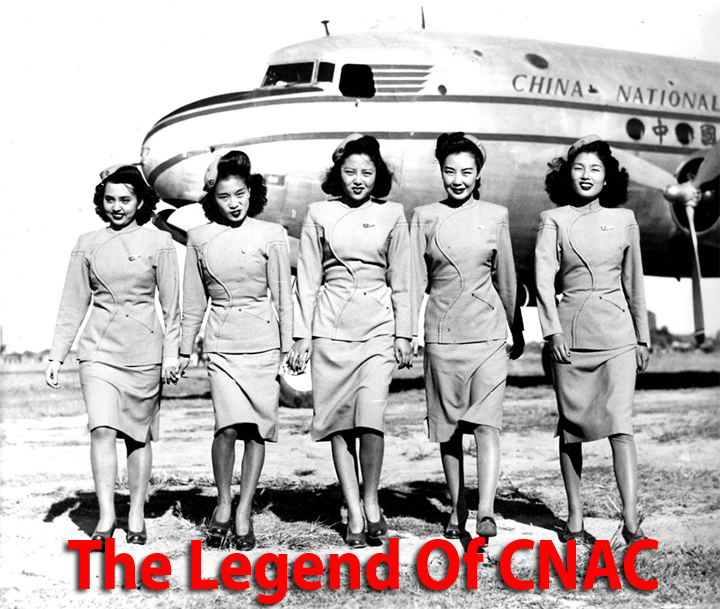
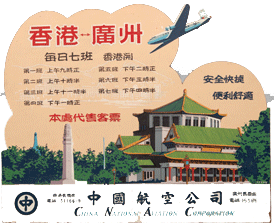 China
National Aviation Corporation (CNAC), in existence from, 1929–1949
moved from uncertain beginnings to remarkable successes as Asia’s
first sustained commercial airline. China
National Aviation Corporation (CNAC), in existence from, 1929–1949
moved from uncertain beginnings to remarkable successes as Asia’s
first sustained commercial airline.
Originally established as China Airways
by Curtiss-Wright under the leadership of U.S. airline magnate Clement
Melville Keys, in 1933, after a series of disastrous accidents and disagreements
with Chinese leader Chiang Kai-shek, Keys sold the company to Pan American
Airways, which operated the airline until 1949.
For two decades CNAC pioneered air operations
over much of the world’s most challenging terrains, including a
route system over the Himalayas, a notorious area between India and China
known as “the Hump.” Daring to fly at extreme altitudes through
all types of harsh weather conditions, the skilled and adventurous pilots
of CNAC established an aerial lifeline to China.
The company’s achievements occurred
in the midst of—and were dramatically influenced by— a period
of continuous political upheaval and wartime conditions throughout the
region.
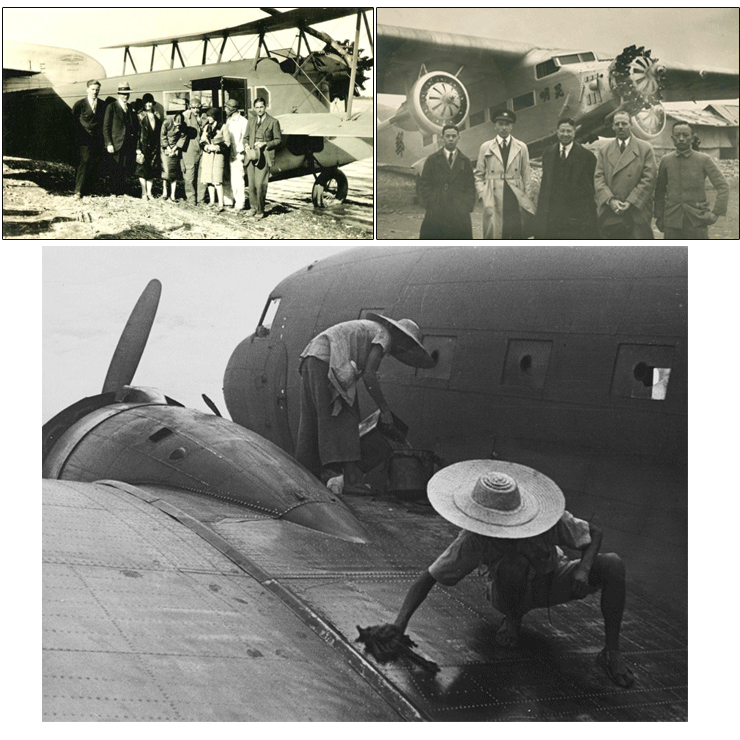 |
The Story
Of The DC-2 and a Half
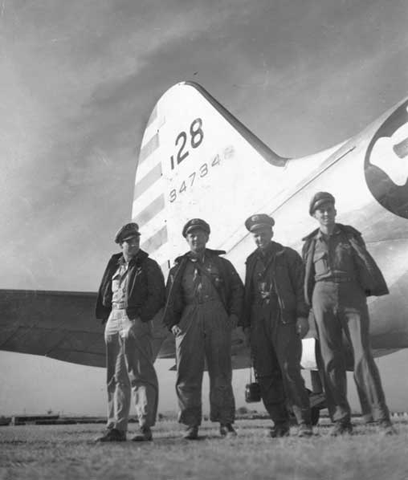 Of
all the stories we like to tell about China National Aviation Corporation
(CNAC), our favorite goes back to the spring of 1941, when a CNAC DC-3
was flying schedules between Hong Kong and Chungking and received word
by radio that Japanese fighters were in the area. Of
all the stories we like to tell about China National Aviation Corporation
(CNAC), our favorite goes back to the spring of 1941, when a CNAC DC-3
was flying schedules between Hong Kong and Chungking and received word
by radio that Japanese fighters were in the area.
The pilot hurriedly set the aircraft down
in a field near Kiuchuan and the crew sprinted for cover.
Moments later, a flight of Japanese Zeroes
swooped down and sprayed the DC-3 with machine gun fire.
When the shooting was over, the plane's
fuselage was riddled with bullet holes, and one wing had been completely
blasted off.
The plane's captain, H.L. Woods, radioed
back to the CNAC base. “The plane's a wreck,” Woods reported,
“but if we can get a new wing, I think I can fly her out of here.”
Captain Charlie Sharp, an American pilot
flying for the CNAC, takes the story from there:
“The hell of it was, we didn't have
a spare DC-3 wing, and we didn't know where to get one.
“We did, however, have a spare DC-2
wing. It was five feet shorter, and it wasn't designed to support the
loads of the DC-3—but we thought it just might work.”
So they bolted the DC-2 wing to another
DC-3’s underbelly and flew it above the 900 miles of mountainous
terrain to Kiuchuan. Like a salamander regrowing a limb, one side was
comically shorter than the other. They called her the DC-2.
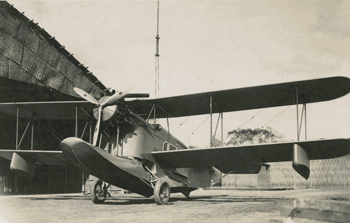 Later, an actual DC-2 flew in a replacement
wing strapped beneath the fuselage of the airliner and the aircraft was
a DC-3 once again.
Later, an actual DC-2 flew in a replacement
wing strapped beneath the fuselage of the airliner and the aircraft was
a DC-3 once again.
This air-freight arrangement was used several
times later in the war to salvage downed aircraft.CNAC’s personnel
continuously operated and adapted its air services during civil war, invasion,
occupation, world war, and revolution.
In opening the skies over China and beyond
as a carrier of passengers, airmail, and cargo, CNAC became an important
strategic asset during a time of great conflict.
CNAC was visionary in its innovative solutions,
fortitude, and resourcefulness.
At its inception, against what must have
seemed almost insurmountable odds, the men and women of CNAC pushed the
power of air transport to its very limits in the service of others.
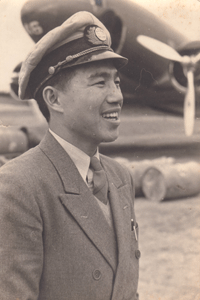 Saga
Of Moon Fun Chin Saga
Of Moon Fun Chin
One of CNAC’s first Chinese pilots
and most engaging characters, pilot Moon Fun Chin, remains relatively
unknown and barely remembered today. Capt. Chin (still with us) was responsible
for evacuating Jimmy Doolittle from China after his historic “30
Seconds Over Tokyo” raid in 1942.
According to Smithsonian historian Greg
Crouch, “the apparently unflappable Chin told a skeptical Doolittle
to relax and ride as a passenger, as he stuffed the last of 66 other passengers
onto the same CNAC flight:
‘Calm down Major.
‘I, Moon Chin, know how much people
a DC-3 can carry, and this one can carry sixty-six.’
And as it happens, Chin didn't know he had
six others riding as stowaways in the tail,” but the plane made
it out of harm’s way, and within a few weeks Doolittle was in the
Oval Office receiving The Congressional Medal of Honor from President
Franklin D. Roosevelt.
The legend of the China National Aviation
Corporation continues to inspire.
Currently there is an excellent and sentimental
retrospective of CNAC on display at the San Francisco Museum through April
15, 2015.
Today CNAC is a fully owned subsidiary of
the state-owned aviation holding company China National Aviation Holding
in the People's Republic of China, possessing a majority of Air China
and Air Macau.
But that is another story altogether . .
.
Geoffrey
|





